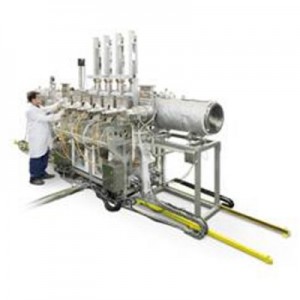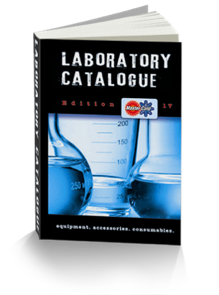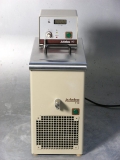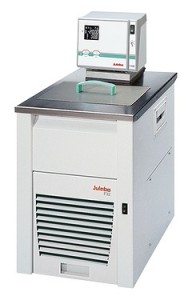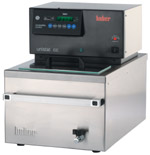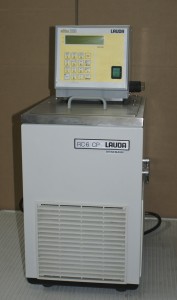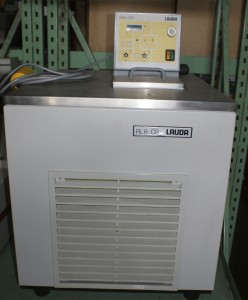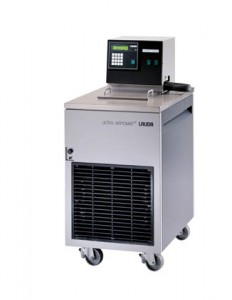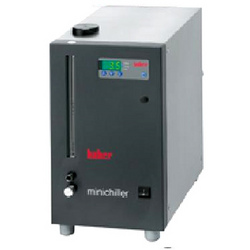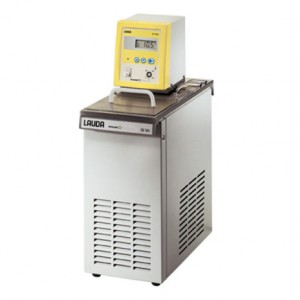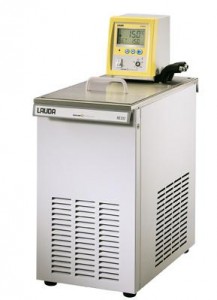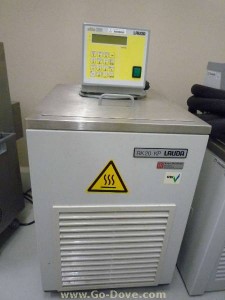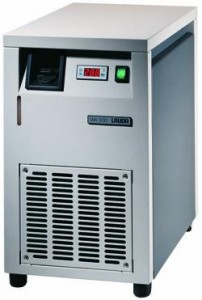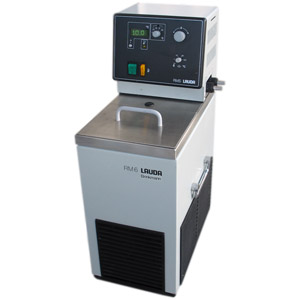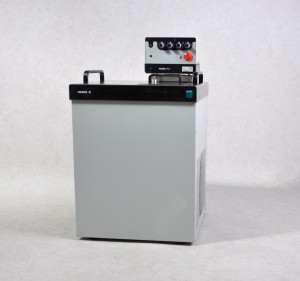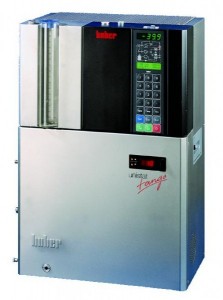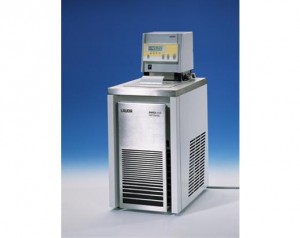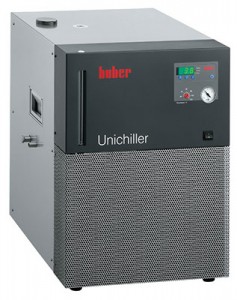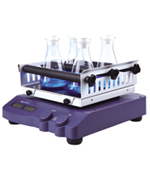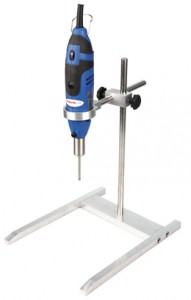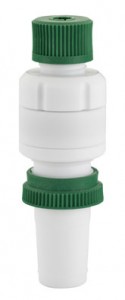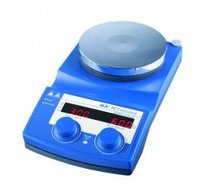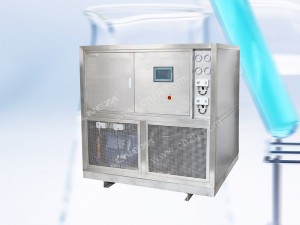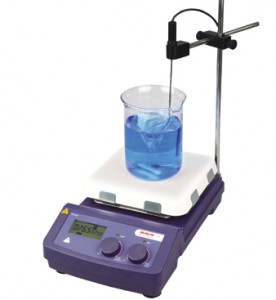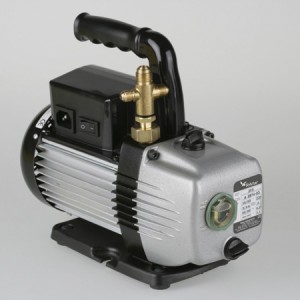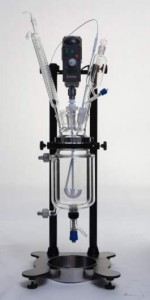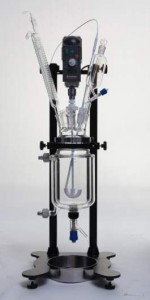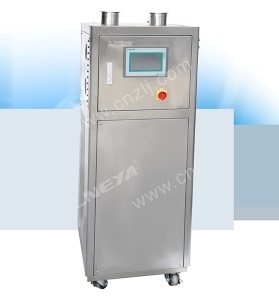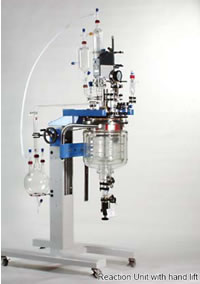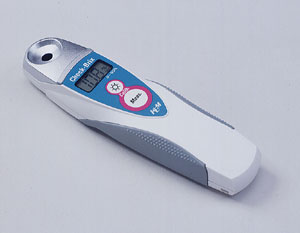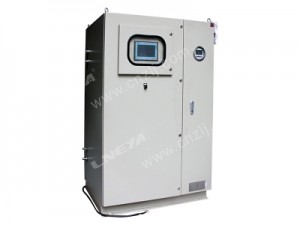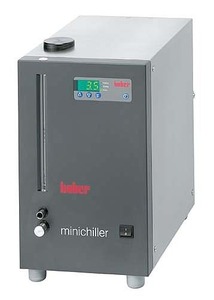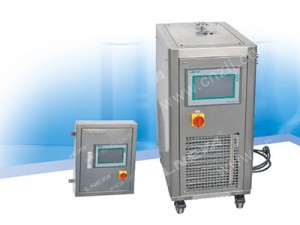Sputtering
Telstar's HV and UHV (High Vacuum and Ultra High Vacuum) group has developed the fine multilayer deposition by ‘sputtering' machine with a UHV (Ultra High Vacuum) for the ESRF's (European Synchrotron Radiation Facility) Optical Group. The ESRF's main reason for acquiring the new machine is the growing need for more sophisticated technology in multiple fine layer deposition. This implies greater accuracy, greater stability and the ‘repeatability' of the process. The specifications have also been extended to obtain a much more flexible machine to meet the large variety of requirements from users in different scientific communities. Moreover, the machine's modular design leaves room for possible future technical developments. The ‘sputtering' technique consists of bombarding the surface of the material to be evaporated (the ‘target'), with high energy gas ions, so that when they collide they transmit their energy to the atoms of the ‘target', which is pulverised. The extracted atoms can then be deposited on a substrate to form thin films or coatings. Given their high melting point, these materials are difficult or impossible to evaporate by other techniques. With this technique they can be readily deposited. Magnetron ‘sputtering' provides a slightly higher mass density contrast than the DECR technique. It should be pointed out that in the tests carried out, the machine has the potential to quickly and accurately provide depositions of several layers of materials. With this development TTM has demonstrated its capability for designing, developing and implementing systems and installations in the vacuum, high vacuum, and ultra vacuum field.
לקבלת הצעת מחיר על מוצר
Sputtering
לקוח\ה יקר\ה שלום,
נציגינו עומדים לשירותך בכל עת כדי לענות לפנייתך.
לנוחיותך מספר שיטות התקשרות עמנו, על מנת, שנוכל לתת לך את השירות הטוב ביותר:
ליצור קשר באמצעות אי מייל sales@master-cold.co.il או באמצעות מילוי פרטים באתר.
אנא מלא את פרטיך, את נושא הפנייה ואת פרטי ההתקשרות המלאים ואנו נדאג לטפל בפנייתך בכל תשומת הלב ובהקדם האפשרי.
במידה ולא נענית תוך פרק זמן סביר, תוכל\י לברר את סטטוס בקשתך באמצעות קשר טלפוני 1-800-22-22-66
 237 קולות, בממוצא
9.1 נקודות מ10 נקודות.
237 קולות, בממוצא
9.1 נקודות מ10 נקודות.





